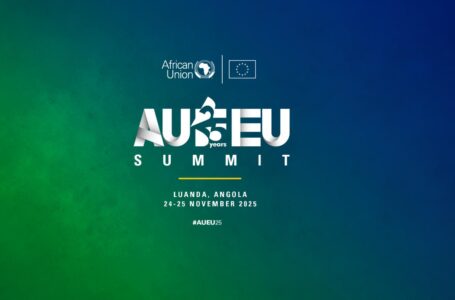Russia’s Cheap Oil Ride to India Hits a Fragile Plateau

Jul 14, 2025
Freight rates for Russian Urals Crude oil from Baltic ports to India have dipped again in July, falling to $5.0–$5.3 million per Aframax shipment—down from $5.5–$5.7 million in June—as more tankers become available. But traders warn: don’t get too comfortable. A new round of EU sanctions and a pending statement from Donald Trump could send rates—and risks—right back up.

The drop in shipping costs reflects a brief window of flexibility. With Urals crude still priced under the $60 per barrel price cap, Western tankers and insurers are once again in play, keeping costs lower and logistics smoother. It’s a familiar pattern: every time Urals dips under the cap, freight rates ease. Back in April, they fell to $6 million per voyage on average.
Few expect the trend to last.
The EU is finalizing its 18th sanctions package, which may lower the cap to $45. If that happens, or if Trump signals a tougher U.S. line on Moscow, Western tanker availability could diminish again, driving rates up and tightening access.
Meanwhile, India—the top buyer of Russian seaborne crude—is already feeling the squeeze. The once-generous Urals discount has shrunk to just $1.70–$2 per barrel below Brent, the narrowest since the war began. Combined with refinery maintenance in Russia and locked-in term deals like Rosneft’s with Reliance, Indian refiners are struggling to secure August cargoes. Some are eyeing alternatives like UAE Murban or U.S. WTI.

Freight costs are still well above the pre-sanctions norm of $4.7–$4.9 million, a reminder that even when Russia complies with the cap, the discount pipeline isn’t what it used to be. With policy pressure building and markets frozen in anticipation, this moment of relative calm could be the last breath before freight volatility returns with a vengeance.
Oilprice.com






